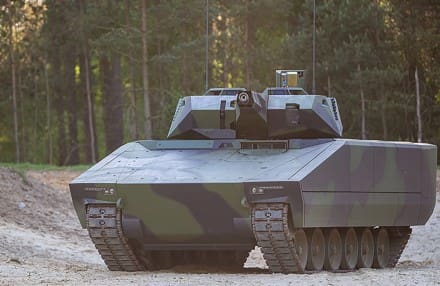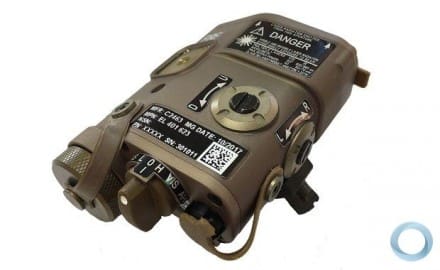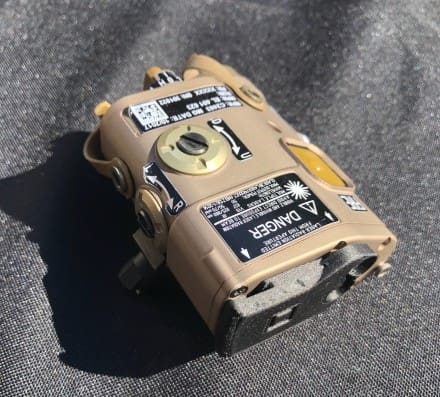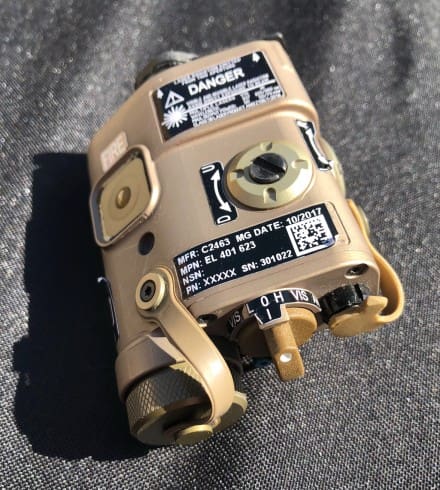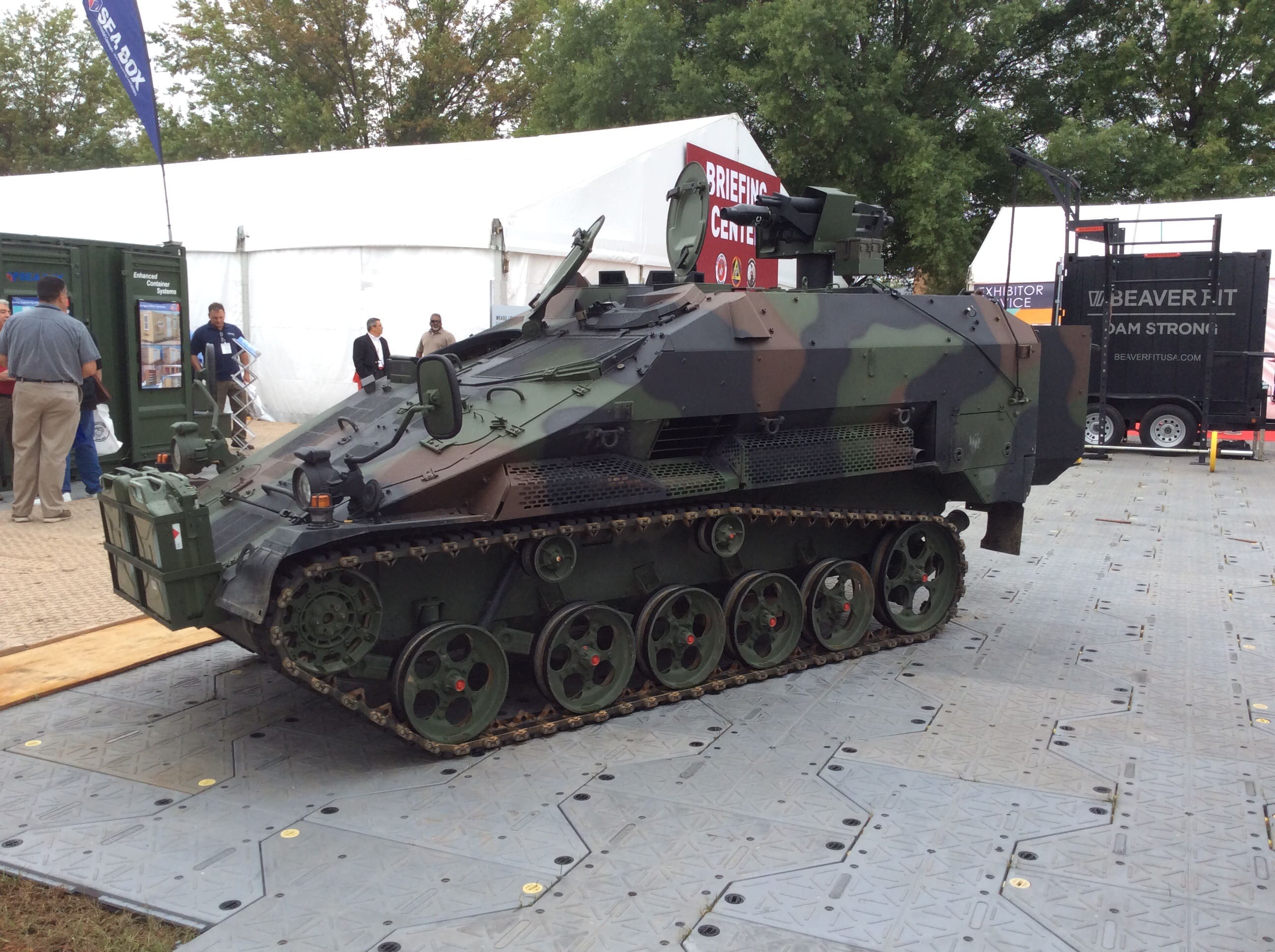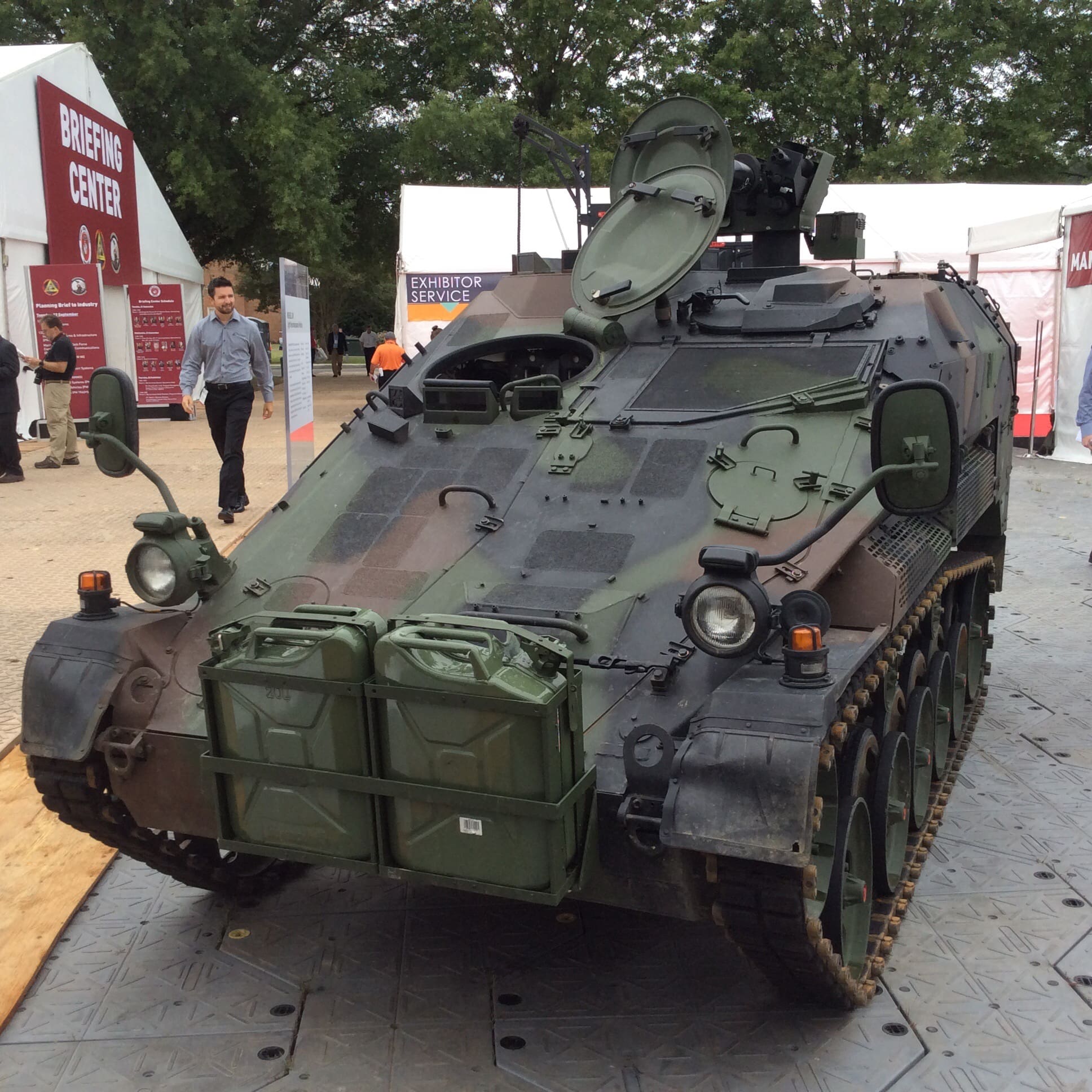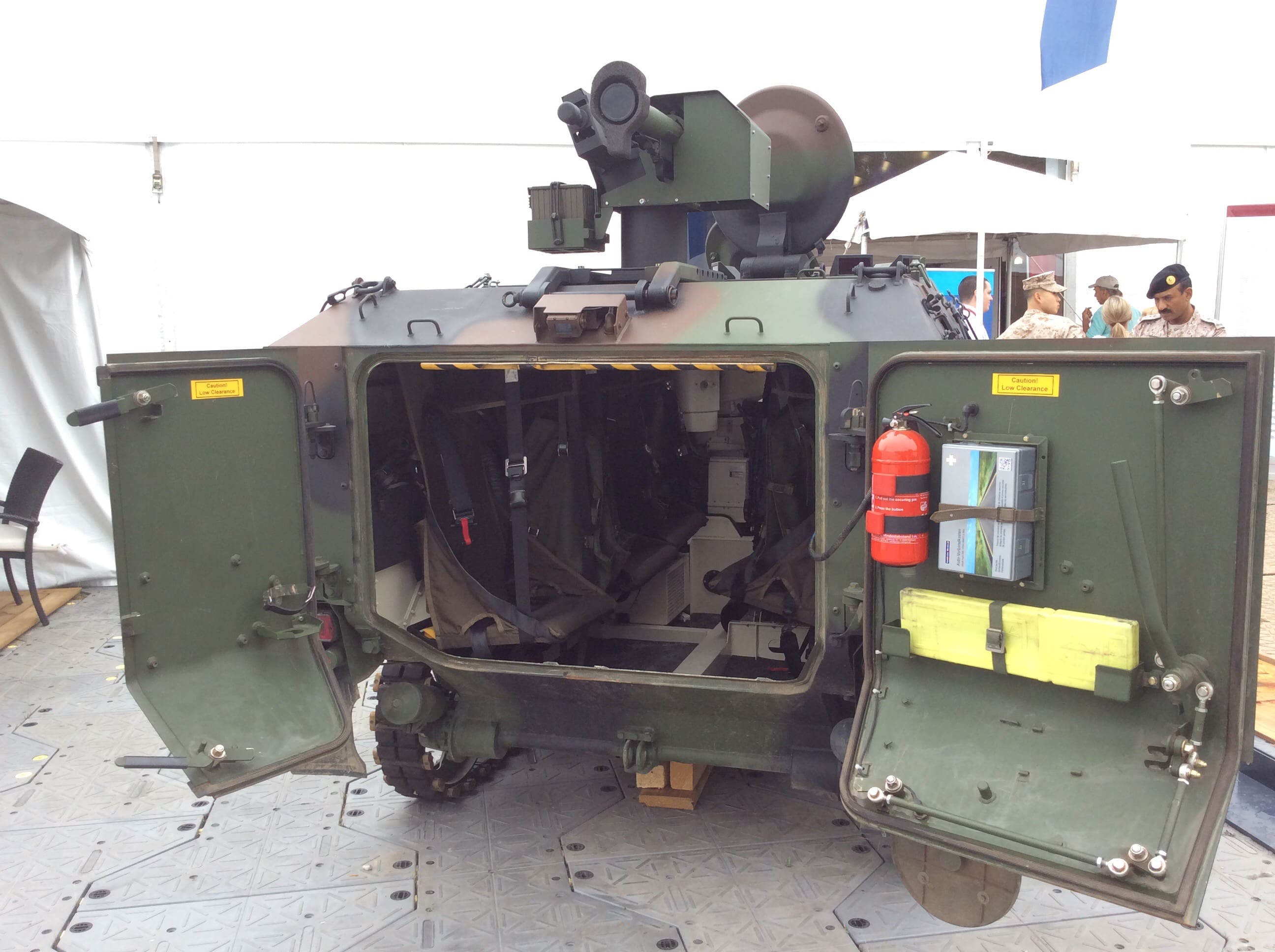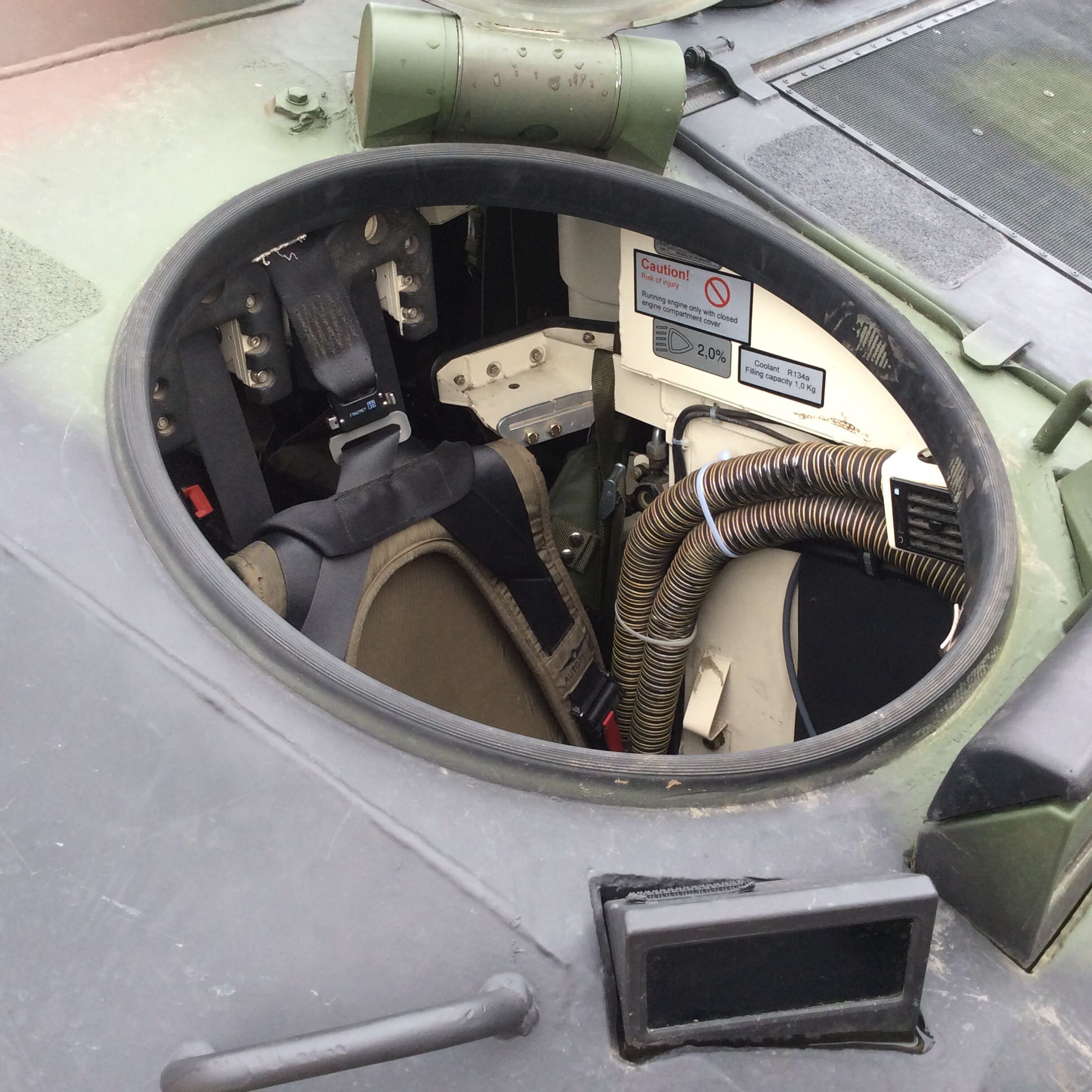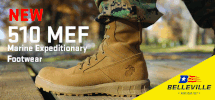At Eurosatory 2018 Rheinmetall presented its new Lynx KF41 infantry fighting vehicle (IFV) to the international public for the first time. Highly survivable, adaptable to diverse environments, extremely agile, hard hitting, and with huge payload reserves, the Lynx KF41 is a next-generation combat vehicle designed to confront the challenges of the future battlefield like no other.
Most experts agree that land forces will face unprecedented threats on the future battlefield, where emergent technologies have substantially changed the balance of power. Key technologies influencing armored fighting vehicle (AFV) design for the future include anti- access/area denial systems that reduce the ability to gain and retain air dominance, electronic warfare systems that will deny reliable communications, enhanced artillery systems that restrict freedom of action, and advanced AFV designs that are difficult to defeat with existing systems.
In concert with the technology challenges of future combat, land forces need to be relevant across the full spectrum of conflict, including contributing to peace keeping operations, conducting counter-insurgency campaigns, and engaging in general war-fighting against constantly evolving threats in diverse global environments.
It is with these challenges in mind that Rheinmetall has developed the Lynx KF41 family of vehicles and the companion Lance 2.0 turret, resulting in a revolutionary IFV with a level of adaptability, survivability and capacity not seen before in an IFV family.
Ben Hudson, global head of Rheinmetall’s Vehicle Systems Division said, “With the Lynx KF41, the Rheinmetall team has developed a truly innovative next-generation combat vehicle. The breadth of capabilities that a Lynx IFV provides soldiers results in a veritable Swiss Army knife that has unprecedented utility across the full spectrum of conflict. Its modular, adaptable survivability systems allow the vehicle to evolve through life, the high level of mobility will provide battlefield commanders great tactical flexibility in combat, and the diverse effects that the Lance 2.0 turret can generate allow the crew to deal effectively with a wide variety of battlefield situations”.
Adaptable. The Lynx KF41 is a complete family of vehicles that utilises a common drive module and a flexible mission kit arrangement to allow any base vehicle to be configured as an IFV, an armoured personnel carrier, a command vehicle, a recovery vehicle or an ambulance. Changing from one configuration to another can occur within eight hours. This system provides significant total lifecycle cost savings due to base vehicle commonality, allowing customers to adjust force structures or develop new capabilities in an affordable and timely manner.
Enhancing the vehicle’s flexibility, the sub-systems of the Lynx KF41 are highly modular and adaptable. The Lynx KF41 features a digital backbone with a generic open architecture that allows easy integration of new mission systems, while the entire survivability system is modular and upgradable to allow the vehicle to cope with the highly adaptive threats faced on the battlefield. Different survivability kits are available for peacekeeping situations, counter-insurgency operations in urban terrain, and mounted combat against a peer.
No other vehicle can adapt to diverse environments across the full spectrum of operational challenges like the Lynx KF41 can.
Highly Mobile. The Lynx KF41 features the latest generation of propulsion technology with an 850 kW (1140hp) Liebherr engine and a proven Renk transmission. A flexible suspension system has been developed by Supashock, an Australian company, meaning the Lynx can be configured to carry various mission kits and survivability packages without compromising mobility. When configured for mounted combat operations with the Lance 2.0 turret and a survivability package suitable for peer-on-peer combat, the Lynx KF41 weighs approximately 44 tonnes. In this configuration it provides class leading mobility due the high power-to- weight ratio of 26 hp/t, while still leaving up to six tonnes of reserve payload for future growth.
Survivable. The modular survivability systems of the Lynx provide unprecedented flexibility for customers to cope with the wide variety of threats faced across the spectrum of conflict.
The ballistic and mine protection packages can be easily exchanged, even in the field if needed, while the full spectrum of threats have been taken into account, including roof protection against cluster munitions. The Lynx KF41 with Lance 2.0 has been designed not only for passive and reactive systems, but also for an active protection system to defeat rocket-propelled grenades and antitank guided missiles.
Hard hitting. The Lance 2.0 turret is the next generation of the in-service Lance family and has been developed to improve its suitability for an IFV. Lance 2.0 has various enhancements that provide a troop of Lynx KF41 vehicles with a very high level of organic capability, thus allowing the troop to have a disproportionate effect on the battlefield.
The Lance 2.0 features enhanced protection for critical subsystems against kinetic and fragmentation threats, improving system survivability during close combat. The next enhancement is the integration of the new Wotan 35 electrically driven cannon that fires Rheinmetall’s proven and in-service 35x228mm ammunition family. Lastly, the Lance 2.0 has two flexible mission pods fitted to the left and right of the turret that allow installation of a variety of sub-systems to give the turret a specialist capability. Examples of customer- selectable mission pods include dual Rafael Spike LR2 ATGMs, non-line of sight strike loitering munitions, UAVs or an electronic warfare package.
The Lynx KF41 and Lance 2.0 once again show Rheinmetall’s capabilities as a world- leading company in the fields of security and mobility.


